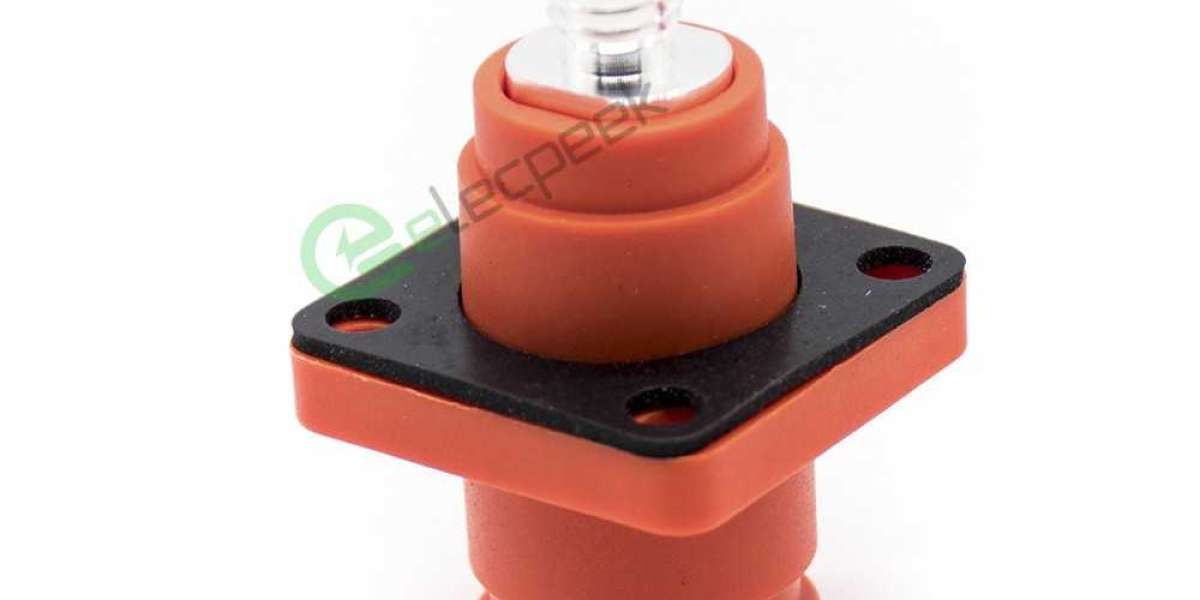When it comes to energy storage, battery technology tends to steal the spotlight. However, one critical component that often goes unnoticed is the battery storage cable. A battery storage cable is the electrical cable that connects the battery to the inverter or charger, allowing for the transfer of energy between the two components.

Battery storage cables are essential for the safe and efficient operation of energy storage systems. They need to be able to handle high currents and voltages without overheating or causing voltage drops, which can lead to system failures or even safety hazards.
Choosing the right battery storage cable is crucial to ensuring that the energy storage system performs optimally. There are various factors to consider when selecting a battery storage cable, such as the cable size, length, and insulation material.
Cable size is essential because it determines the amount of current that the cable can handle. Larger cables can handle more current, which is necessary for high-power energy storage systems. Cable length is also critical because longer cables have higher resistance, which can lead to voltage drops and energy losses.
The insulation material of the cable is also essential because it affects the cable's ability to withstand high temperatures and resist chemical degradation. Insulation materials such as cross-linked polyethylene (XLPE) or ethylene propylene rubber (EPR) are commonly used for battery storage cables because they offer good electrical and mechanical properties.
In addition to selecting the right cable, it's also crucial to ensure that the cable is installed correctly. Improper installation can cause cable damage, which can lead to system failures or safety hazards. It's important to consult with a qualified electrician or engineer when installing battery storage cables to ensure that the installation is safe and reliable.
The market for battery storage cables is growing rapidly as more people adopt energy storage systems for their homes and businesses. According to a recent report, the global battery storage market is expected to reach $13.13 billion by 2025, with a compound annual growth rate of 32.8%. This growth is driven by increasing demand for renewable energy sources, government incentives, and technological advancements in battery technology.
In conclusion, battery storage cables are the unsung heroes of energy storage systems. They play a critical role in ensuring the safe and efficient transfer of energy between the battery and other components of the system. By selecting the right cable and ensuring proper installation, energy storage system owners can ensure that their systems operate safely and reliably, helping to advance the adoption of renewable energy sources and reduce our dependence on fossil fuels.








